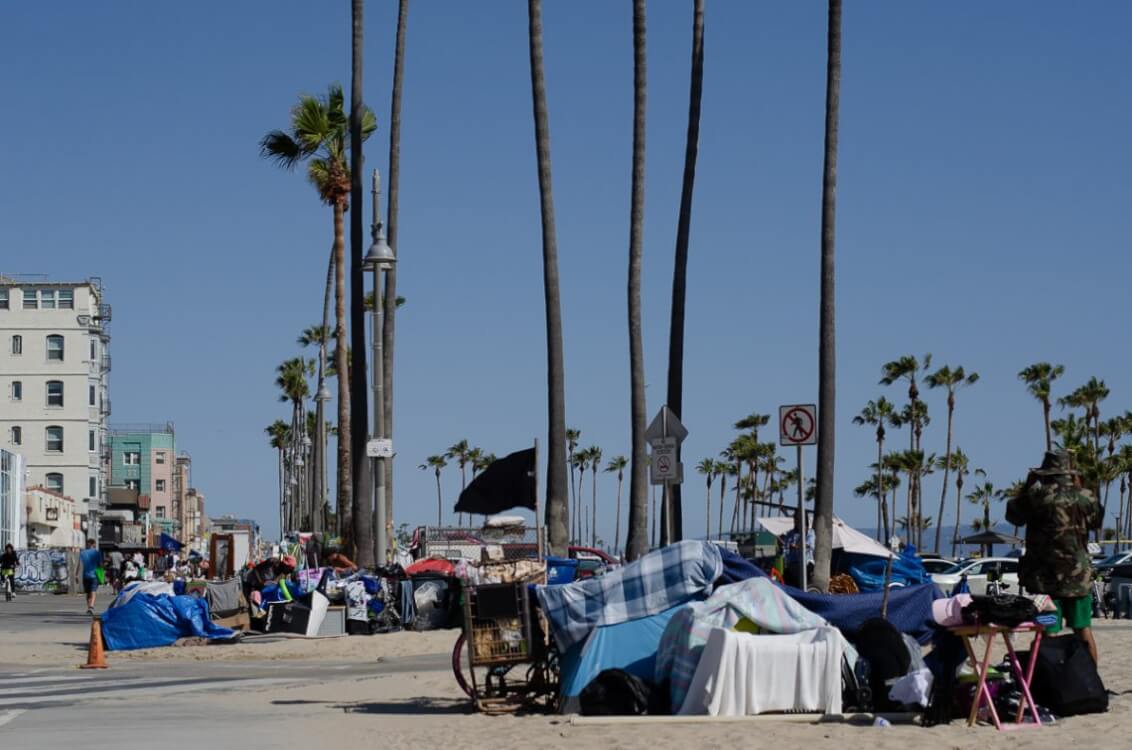Lawmakers direct review of section 41.18 of LA Municipal Code
By Sam Catanzaro
The Los Angeles City Council has directed various city departments to conduct a review of the effectiveness and financial cost of the city’s anti-camping law, known as section 41.18, which restricts the location of homeless encampments. The motion was presented by councilmembers Katy Yaroslavksy and Curren Price and was approved unanimously.
Section 41.18 bans sitting, sleeping, and storing property near an estimated 2,000 designated sites in the city. However, there has been ongoing debate about the law, with some councilmembers believing it should be expanded and others believing it should not exist at all. Councilmember Yaroslavksy acknowledged that while opinions on the law may differ, the means of enforcement should be examined.
The Street Engagement Strategy, which was approved shortly after the passage of section 41.18, outlined the required steps prior to the enforcement of the law and aimed to provide housing resources to individuals impacted by the law. However, its effectiveness has not been fully analyzed.
Councilmember Yaroslavksy stated that the motion to review the enforcement of section 41.18 would “shine a light” on how the law has been carried out. The requested report will include key metrics such as the total cost of enforcement, including staff cost and the price of anti-camping signage, which has cost the city several million dollars. Yaroslavksy emphasized the need for a clearer picture of how section 41.18 has been applied and whether it is effectively reducing homelessness.
Councilmember Hugo Soto-Martinez, who opposed section 41.18, expressed his anticipation for the report examining the law’s efficacy. He posted on Twitter that the law criminalizes unhoused people and prevents them from existing in large portions of the city, despite the lack of adequate housing or shelter beds.
Section 41.18 prohibits sitting, sleeping, lying, and storing personal property within certain distances of fire hydrants, entrances or exits, loading docks, driveways, areas required for accessible passage under the Americans with Disabilities Act, and streets including bike paths. It also prohibits encampments within 500 feet of “sensitive” facilities such as schools, daycare facilities, parks, and libraries.
The law also restricts encampments within 500 feet of designated areas such as overpasses, underpasses, freeway ramps, tunnels, bridges, railroads, or areas where lodging unsheltered or in tents is deemed unhealthy or unsafe. Additionally, encampments are prohibited within 1,000 feet of facilities opened after January 1, 2018, that provide shelter or services for people experiencing homelessness.
The ordinance allows the city to prevent encampments for up to one year in areas deemed a threat to public health or safety due to hazardous conditions, repeated serious or violent crimes, including human trafficking, or fires. The Street Engagement Strategy also includes frameworks for engagement during emergencies such as national disasters and public health matters.
























